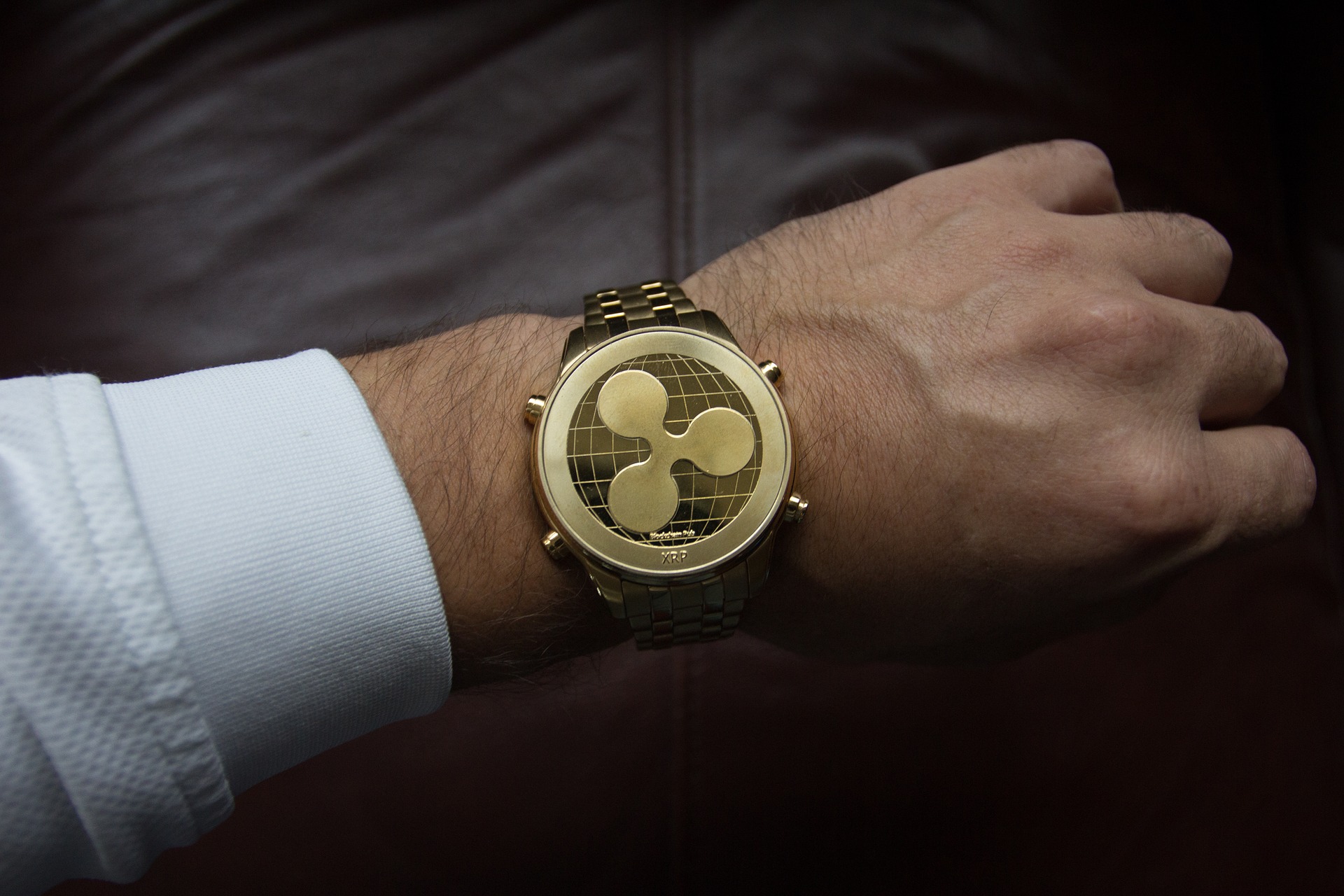Mainstream financial outlet Forbes has published a list of misconceptions related to Ripple and the 3rd largest cryptocurrency by market cap XRP.
Among the 14 myths that the article dispels, the most pertinent relates to the belief that XRP is not needed for Ripple’s payment protocol. While most cryptocurrency investors are familiar with the XRP coin, they fail to fully understand the relationship between Ripple, their payment protocol and how XRP functions in it all. Of the two products offered by Ripple, xCurrent has the highest current rate of adoption and appears to be the major competitor to industry-standard SWIFT in offering secure, cost effective global transactions.
However, xCurrent does not utilize XRP directly for liquidity, which has led some pundits to claim that the cryptocurrency is unnecessary and Ripple might be “scamming” XRP on crypto investors to the tune of billions. As the Forbes article points out, XRP provides a much faster, efficient method for settling payments over FIAT/FIAT exchange pairs.
Compared to the xCurrent product, xRapid–which utilizes XRP for as the liquid intermediate for payment transactions–eliminates the inefficiencies inherent in xCurrent and FIAT/FIAT global trading pairs. As opposed to the industry standard, xRapid and XRP provide further savings on payments, even in the case of small international payments, while also allowing users to send funds to otherwise expensive or exotic corridors. In addition, XRP provides a significant advantage by opening the payment protocol to global and developing markets, without the need for expensive pre-establishments–a move that will allow developing nations and smaller institutions compete with larger players from the get-go.
The Forbes article also points out that Ripple is not asking customers to choose between the two, but allowing for full access to xCurrent in addition to XRP, quoting the official Ripple website as saying,
“Both access levels have the ability to settle transactions instantly through XRP, a digital asset, used in Ripple’s xRapid product. Eliminate pre-funding in foreign accounts and send payments 24/7 using XRP”
Forbes also goes on to refute the belief that XRP is too volatile for banks to adopt, which would pave the way for increased adoption by a stablecoin such as the JPM Coin. However, as the Forbes writer points out, XRP may be volatile–but so is fiat. Over long periods of time, banks are exposed to value fluctuations in fiat, including the day to day exchange rate fluctuations that occur. In addition, the Forbes article relates that banks are not required to hold XRP directly for use in the xRapid service, and that their participation in the payment protocol can still occur without holding massive amounts of cryptocurrency.
As Forbes puts it,
An average xRapid payment takes minutes, so the window of volatility is minimal. This short window is made possible by the speed XRP can settle on the XRP ledger that is currently scaling to about 1500 transactions per second, closing a new ledger every 4 seconds.
However, the bank adoption of xRapid and subsequent use of XRP as the intermediary for liquidity, improves the market for the cryptocurrency, which is beneficial to both Ripple and the coin investors. While banks are free to hold XRP as they could any currency of asset, the freedom to utilize xRapid without exposing themselves to long-term crypto volatility makes the service much more appealing to financial institutions.

